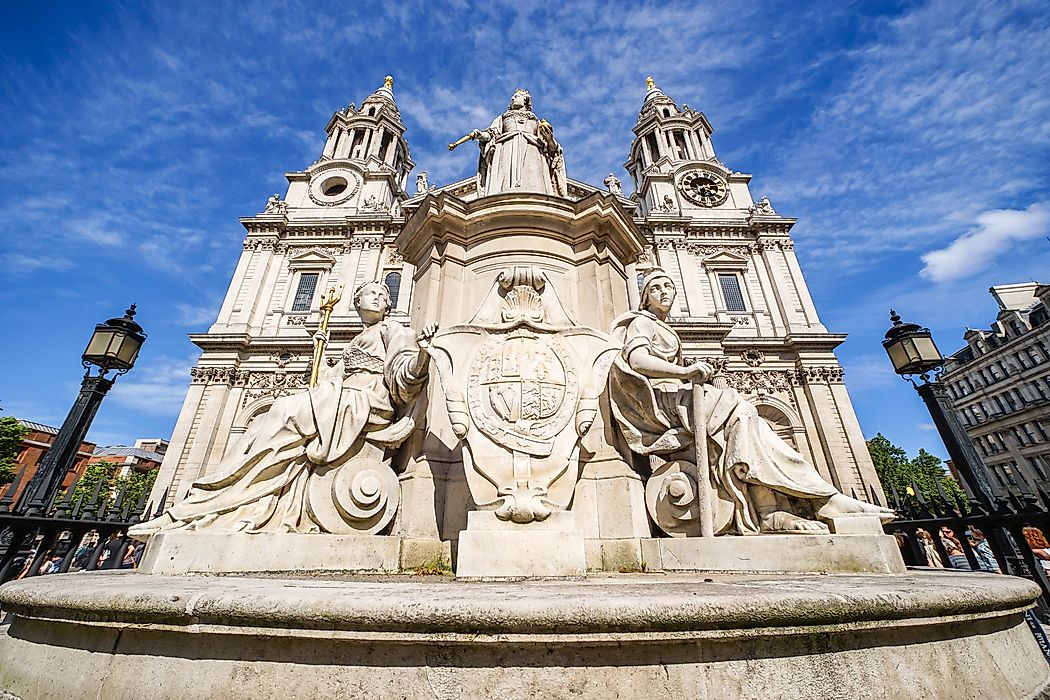Who Was Queen Anne of Great Britain?

5. Early Life
Queen Anne's heritage and early life did not make her an ideal candidate to become Queen of Great Britain and Ireland. Born on February 6th, 1665, she was the fourth child of the Duke of York. Among all of the children of the Duke of York, only Anne and her older sister, Mary, survived beyond adolescence. The King at the time, King Charles II, did not have any children, so his brother and Anne's father, the Duke of York, was the next in line to the crown. After Charles II died in 1685, Anne's father became King James II in England and Ireland, and King James VII in Scotland, leaving Anne second in the line of succession to the crown, after her sister Mary.
4. Rise to Power
King James II was Catholic, while Anne and Mary were Protestants. Religious tension within the family was but a miniature of that seen on the national scale. The birth of King James II's son in 1688 triggered this tension to its climax, as Protestant leaders within the Parliament feared that Roman Catholics would take over the country over the years to follow. They invited Mary and her husband, the Dutch stadholder William Orange, to invade England. Having successfully deposed of King James II in 1688, the event that is commonly known as the "Glorious Revolution", William and Mary were crowned as co-regent King and Queen of England, Ireland, and Scotland in 1689. After Mary died in 1694 and William passed away himself in 1702, Anne became Queen Anne of England, Scotland, and Ireland.
3. Contributions
Queen Anna ardently supported the union of England and Scotland and eventually saw to the passage of the Acts of Union. These acts stated that England and Scotland were henceforth to be united into one sovereign kingdom, to called Great Britain, with one Parliament instead of two. It was also under her reign that the two party system began to more clearly take form within the British Parliament. The Tories, whom Anne herself favored, supported the Anglican Church and the gentry class, while the Whigs were sympathetic to religious dissenters and the growing merchant class. Queen Anne also actively participated in the "War of the Spanish Succession", within which she declared war on France, in an effort to curb its growing influence in Europe.
2. Challenges
The biggest challenge Queen Anne faced was who to choose to be her heir. Over this very question, the tension between the Tories and the Whigs further deteriorated. While the Tories, and Anne herself, favored Anne's Catholic half-brother, James Francis Edward Stuart, to be the heir, Whigs objected fervently to him. Instead, they urged the Queen to oblige to the Act of Settlement, which forbade any Catholic from inheriting the throne, and to choose George of Hanover. Anne finally obliged to the pressure from the Whigs, and George of Hanover inherited the throne after Anne's death, as King George I of Great Britain and Ireland.
1. Death and Legacy
Having suffered from ill health and multiple miscarriages throughout her life, the stroke Anne suffered on July 30th, 1714 proved to be the final straw that she could bear, ultimately causing her death on August 1st. She was a popular Queen at her time, and during her reign art, literature, and economics saw steady development. She also participated actively in Parliamentary affairs and engaged in democratic politics, instead of abusing her Crown power. Nonetheless, she has also been scolded by historians for being prejudiced and having poor judgment. With George of Hanover taking the throne over after her death, Queen Anne was the last British Monarch from the House of Stuart, a turning point which saw the end of an important era in both British and European history.











